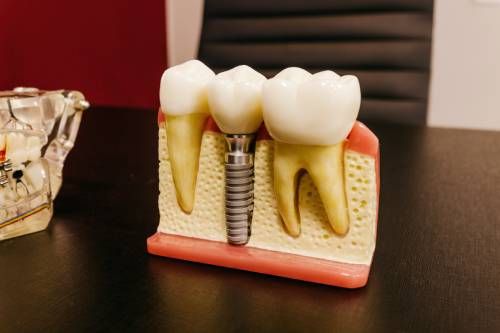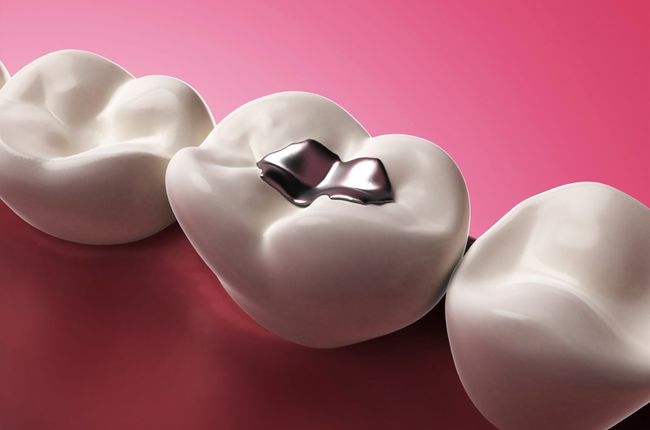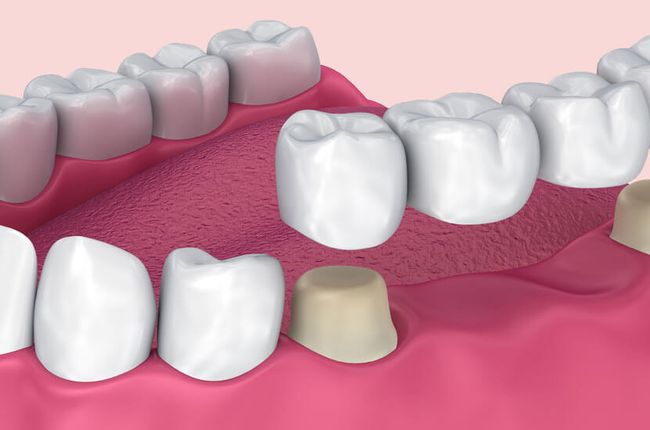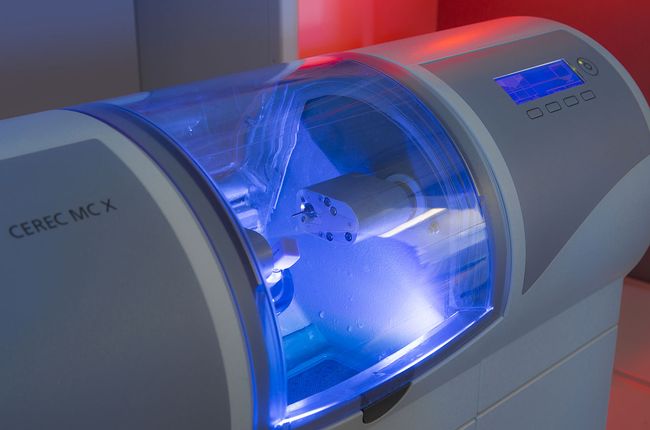Imagine regaining your smile or returning to an active lifestyle after an injury. Dental and orthopedic implants have made this possible for countless individuals. But what really makes these solutions effective? The secret lies in a remarkable process known as osseointegration. This biological phenomenon allows implants to fuse seamlessly with the surrounding bone, creating a sturdy foundation that lasts. Whether you're considering dental implants in Redmond, OR, or exploring options for orthopedic support, understanding osseointegration is essential. Let's dive into this fascinating topic and uncover how it impacts both fields of medicine!
Understanding Osseointegration
Osseointegration refers to the process by which bone cells attach themselves directly to the surface of an implant. This connection creates a stable, lasting bond that is crucial for both dental and orthopedic applications.
When an implant is placed, it triggers a biological response in the body. The surrounding bone begins to grow into microscopic pores on the implant's surface. This interaction strengthens over time as new bone tissue forms around it.
The success of osseointegration relies heavily on various factors like timing, surgical technique, and overall health. Proper attention during these stages ensures optimal integration between the implant and bone.
This remarkable phenomenon allows patients to enjoy greater functionality with their implants while reducing complications associated with mobility or oral health issues.
Benefits of Osseointegration for Dental Implants
Osseointegration plays a crucial role in the success of dental implants. This process allows the implant to bond securely with the jawbone, creating a stable foundation for replacement teeth.
- One significant benefit is enhanced stability. Patients enjoy improved chewing ability and comfort, which can significantly boost their quality of life. Unlike traditional dentures, which can slip or cause discomfort, osseointegrated implants feel more natural.
- Another advantage is durability. With proper care, these implants can last many years—often a lifetime—with minimal maintenance required compared to other options.
- Aesthetic appeal also comes into play. Since they integrate seamlessly with existing bone and gum tissue, patients often achieve a more natural look than removable alternatives provide. This boosts confidence and encourages social engagement.
- Moreover, osseointegration helps maintain jaw health by preventing bone loss over time—a common concern after tooth extraction or loss. Contact us to learn more.
Benefits of Osseointegration for Orthopedic Implants
Osseointegration plays a crucial role in the success of orthopedic implants. By establishing a strong bond between bone and implant, it enhances stability and functionality.
Patients benefit from improved mobility. With solid integration, surgical joints can handle everyday stresses better. This leads to increased confidence during movement.
The longevity of orthopedic implants is also remarkable when osseointegration occurs effectively. A well-integrated implant can last for many years, reducing the need for revisions or replacements.
Moreover, patients often experience less pain post-surgery due to reduced micromotion at the implant site. This smooth recovery contributes significantly to overall satisfaction with their treatment outcomes.
Osseointegration allows for more natural joint function as it mimics the body's own biological processes. The result? Enhanced performance that empowers individuals in their daily activities.
The Process of Osseointegration
Osseointegration is a fascinating biological process. It begins once a dental or orthopedic implant is placed in the bone.
The body responds by forming new bone around the implant. This integration typically takes several weeks to months, depending on individual healing rates and implant types.
During this time, osteoblasts—cells responsible for new bone formation—migrate to the site. They play a crucial role in ensuring that the implant becomes firmly anchored within the jawbone or other skeletal structures.
Factors such as blood supply and patient health significantly influence this process. Good oral hygiene can also help optimize outcomes for dental implants in Redmond, OR.
Monitoring progress through regular check-ups allows professionals to address any potential issues early on. Achieving successful osseointegration means better stability and longevity for both dental and orthopedic implants alike.
Factors Affecting the Success of Osseointegration
Several factors impact the success of osseointegration, beginning with patient health. Conditions like diabetes or autoimmune disorders can hinder healing and integration.
The quality and quantity of bone tissue play a crucial role as well. Healthy bone provides a stable foundation for implants, while insufficient or poor-quality bone can lead to complications.
Another significant factor is the implant material used. Titanium is commonly favored due to its biocompatibility and strength. Surface treatments that enhance roughness may also promote better integration.
Surgical technique cannot be overlooked either. Precision in placement reduces stress on surrounding tissues, fostering optimal conditions for osseointegration.
Post-operative care matters greatly. Following dental professionals’ instructions regarding activity levels and oral hygiene ensures the best chance for successful bonding between the implant and the bone.
Conclusion
Osseointegration plays a pivotal role in the success of both dental and orthopedic implants. By establishing a strong bond between the implant and bone, it ensures stability and durability for patients seeking restoration or enhancement of their function. Understanding this biological process sheds light on why dental implants in Redmond, OR, can offer such long-lasting results.
The benefits extend beyond just functionality; they encompass improved aesthetics and comfort as well. With advancements in technology, the process has become more predictable than ever, allowing many individuals to regain confidence in their smiles or mobility.
However, factors like patient health and proper maintenance cannot be overlooked when considering osseointegration's success. A collaborative effort between medical professionals and patients is vital to achieving the desired outcomes.
Choosing dental implants is not merely about replacing lost teeth; it's about investing in an enhanced quality of life. As you explore options available for your specific needs, understanding osseointegration will empower you to make informed decisions that benefit your overall health.
Call Dentist Redmond, OR, immediately, and let us help you offer a permanent way to improve your smile with dental implants. With proper examination and consultation, we will determine whether you are an appropriate candidate or not.














